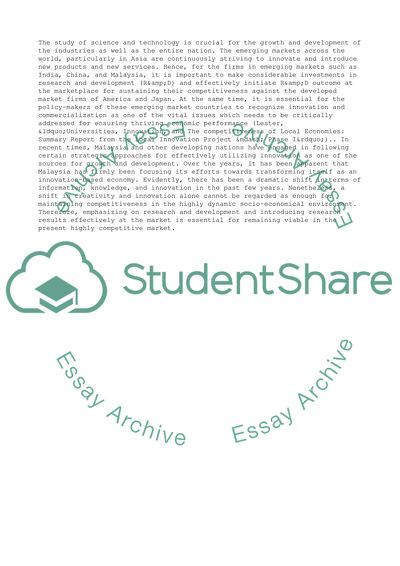Cite this document
(Commercialization of Research Findings in Malaysia Dissertation, n.d.)
Commercialization of Research Findings in Malaysia Dissertation. Retrieved from https://studentshare.org/business/1612697-commercialisation-of-research-findings-in-malaysia
Commercialization of Research Findings in Malaysia Dissertation. Retrieved from https://studentshare.org/business/1612697-commercialisation-of-research-findings-in-malaysia
(Commercialization of Research Findings in Malaysia Dissertation)
Commercialization of Research Findings in Malaysia Dissertation. https://studentshare.org/business/1612697-commercialisation-of-research-findings-in-malaysia.
Commercialization of Research Findings in Malaysia Dissertation. https://studentshare.org/business/1612697-commercialisation-of-research-findings-in-malaysia.
“Commercialization of Research Findings in Malaysia Dissertation”, n.d. https://studentshare.org/business/1612697-commercialisation-of-research-findings-in-malaysia.


